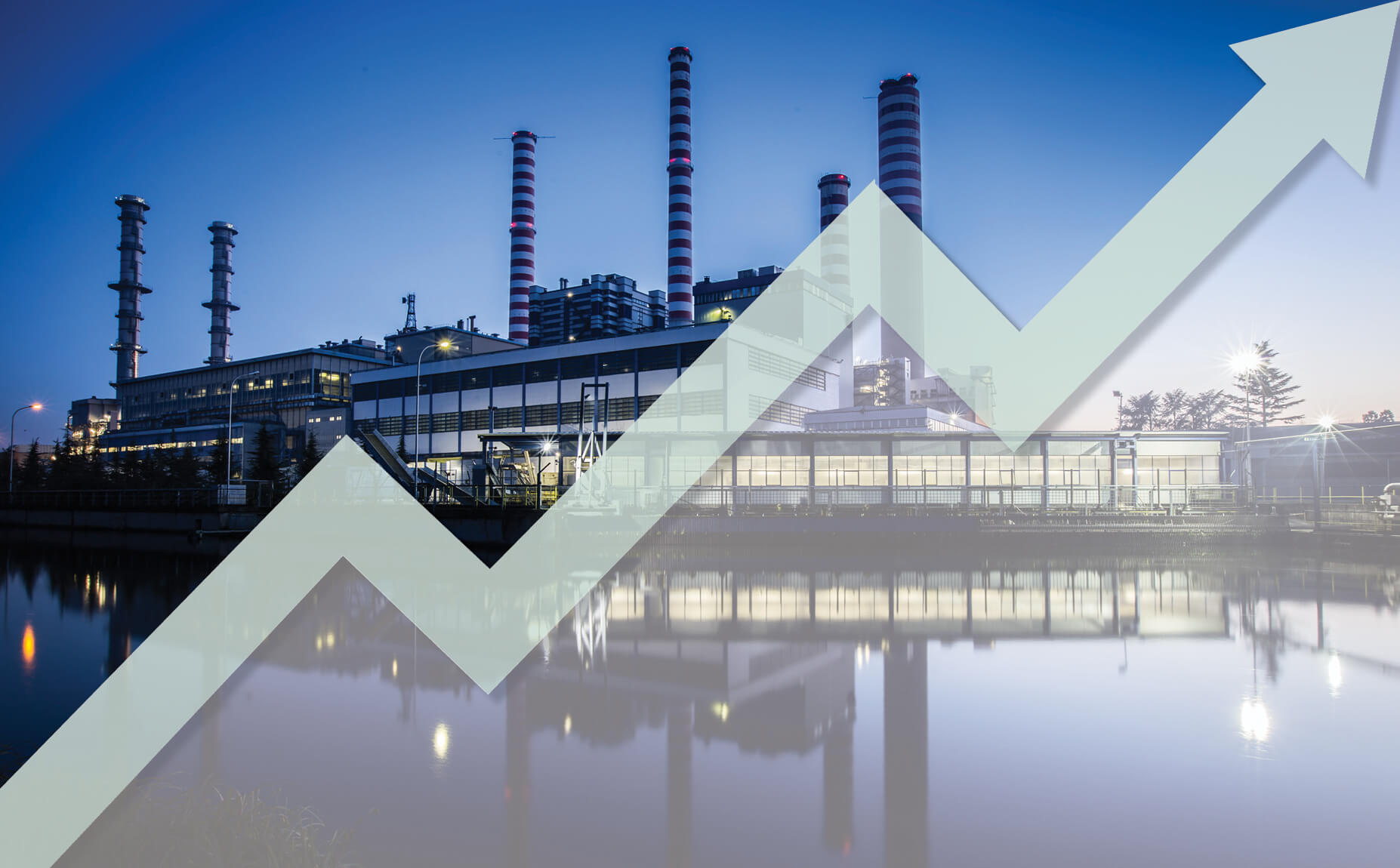There are various types of industrial properties, such as warehouses, storage facilities, R&D buildings, showrooms, and data centers, to name a few. In the past few years, the demand for these types of industrial real estate has seen a steady increase. eCommerce, marijuana legalization (medical and recreational), food and beverage, and logistics and distribution are some of the numerous factors influencing this trend. As this trend continues upwards, here are six need to know facts to be aware of for the future of the industrial sector:
- Lowest Vacancy Rates
In 2017, the United States vacancy rate hit an all-time low, the lowest since beginning to track in 1999. Fast forward to today, and vacancy rates are continuing to remain steady at a 7.3 percent anticipated for the remainder of 2019, with a slight increase in the new year.
- More Locations
The growing number of industrial tenants varies across the board. We’ve seen our fair share of:
- New to the market occupiers preparing for today’s high-tech distribution.
- Businesses that are replacing square footage from reducing their physical footprint.
- Companies needing to expand to meet consumer’s expectations for lightning-speed consumption. For example, eCommerce gurus like Amazon have begun backfilling vacant retail spaces in densely populated urban areas – creating an all-time high for last-mile distribution centers.
- Vertical Growth Spurt
Back in the 1960s, the average warehouse stood roughly 24 ft tall, in the last decade, this has increased to 34 ft. To maximize the entirety of the industrial space, developers are currently expanding on existing space and moving “up” – vertically building in already existing areas, combating the need to invest in or relocate to larger grounds.
- In-House v. Outsourced Logistics
Considering all the factors of the industrial real estate boom, such as shipping times, operation costs, and location, manufacturers are asking themselves whether they should retain internal warehousing or outsource to a third-party logistics company. A growing number of companies are starting to outsource their operations to third-party logistics companies that take on the risk associated with storage while providing faster distribution and years of logistics experience.
- Cold Storage Demand Outweighs Supply
The overabundance of prepared food and grocery delivery services over the last five years are driving the demand behind the cold storage industry. The food in delivery must be kept cold during the logistics. However, the problem is that cold storage facilities are much more costly than traditional industrial spaces. Therefore, the current supply is nowhere near what the demand is. In 2017 alone, online grocery sales accounted for 3% of grocery sales and are expected to rise to 13% by 2024, meaning cold storage space needs optimization for future growth.
- Tariffs are in the Air
In the US alone, one-third of the value of Mexican imports account for cars and auto parts. As a result, manufacturing prices will increase as companies try to offset the tariffs, while consumers experience the effects of this. In the event this occurs, companies may find it more costly to import their parts and goods, creating issues for their supply chain, making it more challenging to make up for the cost of their real estate. The impact won’t shift the industrial growth triggered by the notion that eCommerce sales are expected to drive warehousing demand; it will merely act as a speed bump investors must watch.
While industrial real estate demand remains on the rise, uncertainty looms from changing trade policies and economic climate, keeping this market top of mind. Reach out to one of our experts to learn more.


